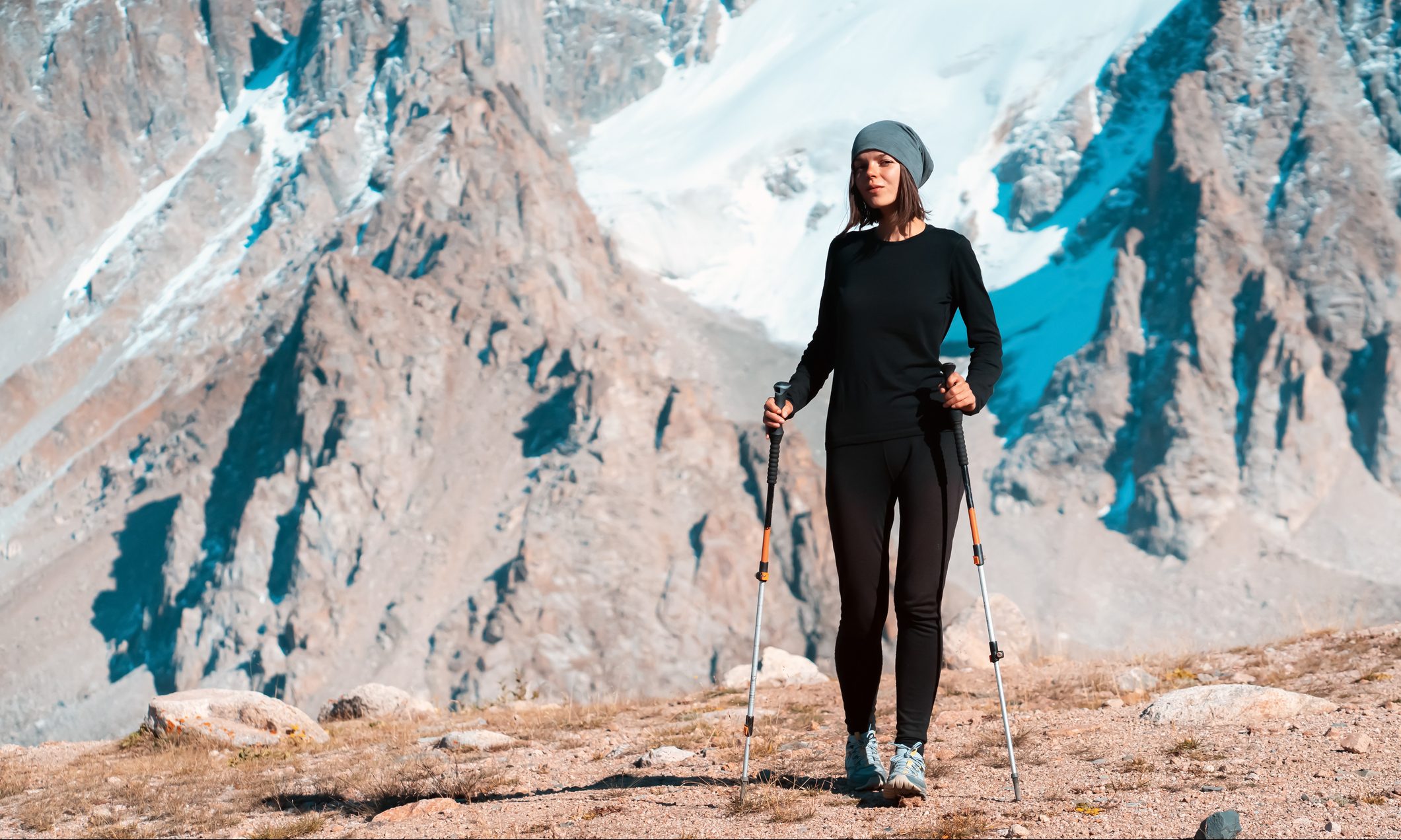

Learning how to layer in the winter seems simple, but can be a challenging skill to master. You want—and need—to be warm, but we’re often moving through a mix of activities and intensity levels which adds complexity, like actively hiking to a lookout then sitting still in the cold.
Videos by Outdoors with Bear Grylls
The best way to stay warm outside is to work with a system of layers, which will help pull moisture off your skin, retain body heat and minimize heat loss. But even that simple idea has a lot of moving parts when you start to consider the best materials, fit, weight and layering combination for your base layers.
The biggest mistakes people make when layering are:
- Relying on one big layer to keep you warm – this backfires when you heat up and can’t take it off.
- Not using breathable, moisture-wicking fabrics, which causes your skin to sweat and then feel cold as you slow down.
- Wearing too many layers, which will also cause you to sweat more and feel cold.
- Not leveraging an outer waterproof shell, which efficiently protects against wind and outside moisture.
The Anatomy of Layering
The point of your clothing is to manage moisture, retain your body heat, and, in the case of your outer layer, keep the elements out. How many layers you need depends on the temperature and the weather, but you can think of stacking like this:
- Your base layer is there to manage moisture, so you want something breathable.
- Your middle layer (which may be midweight or heavyweight) is in charge of retaining your body heat.
- Your outer layer is in charge of keeping the elements off you (namely, wind and active moisture), usually in the form of an insulated or uninsulated shell.
Base Layer Materials
Material is everything when it comes to base layers. You want fabric that will keep you warm, but also something that will pull the moisture away from your skin and out into the air so you don’t get a chill from your cooling sweat.
Skip cotton in the winter as it holds moisture and will make you feel colder when you sweat. Instead, opt for wool or synthetic materials like polyester, nylon or a blend.
Merino wool is generally considered the cream of the crop for winter base layers. It is breathable and great for pulling moisture away from your skin and out into the air; it’s pretty durable against abrasion and washes, and it’s highly resistant to odor, so you can wear it for multiple days before laundering. Merino wool layers will be more expensive, but they’ll also last you years. Also note, wool can be machine washed, but should be laid flat to dry.
Base layers made from synthetic materials are going to keep you the most dry as they’re fabulous at wicking away moisture. They’re also super durable and can withstand rubbing against backpack straps and wear-and-tear wash after wash, season after season. Synthetics do retain odor more, though, so be prepared for more frequent washings. They’re also generally cheaper.
Another great, newer option is bamboo, which is soft on the skin, anti-microbial (read: anti-odor), and also great at wicking away moisture. Bamboo base layers will be more expensive than synthetics, but they’re a great alternative to wool if you’re allergic.
You also might see a blend of wool and synthetics on the tag, which is a great choice and can be the best of both worlds.
Weight
You have three basic options for base layer weights:
- Lightweight, which is ideal for moderate to cool temperatures.
- Midweight, which is great for cold temperatures.
- Heavyweight, which is ideal for below-freezing temperatures.
Depending on the temperature and weather, you’ll likely want a combination of two to three weighted layers.
Fit
Your first layer is there to pull the moisture off your skin and it needs to be touching you to do so. But it should fit comfortably and not be skin-tight.
After your initial base layer, you want a slightly looser fit for your mid layer — not baggy, but not spandex tight. This will actually keep you warmer as the air in between layers heats up from your body temperature and helps to keep you warm.

Activity and Temperature
The biggest variable as you try to layer for warmth in the winter is how cold it is outside and how hard your body will be working while you’re there.
If it’s in the 40s to 50s outside, you might want to wear:
- Light activity: A midweight base layer plus an outer layer.
- Moderate activity, or light activity with rain or wind: A lightweight base layer plus an outer layer.
- Heavy activity, or moderate activity with rain or wind: A lightweight base layer, plus an optional outer layer.
If it’s in the 30s outside, you might want to wear:
- Light activity: A midweight layer plus an insulated outer layer.
- Moderate activity, or light activity with rain or wind: A lightweight base layer, midweight middle layer, plus a waterproof shell for an outer layer.
- Heavy activity, or moderate activity with rain/snow or wind: A midweight base layer plus an optional waterproof shell for an outer layer.
If it’s in the 20s, you’ll want to wear:
- Light activity: A lightweight base layer, midweight middle layer, plus an insulated outer layer.
- Moderate activity, or light activity with rain or wind: A midweight base layer and either a heavyweight middle layer or a waterproof shell for an outer layer.
- Heavy activity, or moderate activity with snow or wind: A lightweight base layer, midweight middle layer, plus an optional waterproof shell for an outer layer.
If it’s below 20 degrees, you’ll want to wear:
- Light activity: A midweight base layer, heavyweight middle layer, plus an insulated outer layer.
- Moderate activity, or light activity with rain or wind: A lightweight base layer, heavyweight middle layer, and an outer shell layer.
- Heavy activity, or moderate activity with snow or wind: A lightweight base layer, midweight middle layer, plus an outer shell layer.




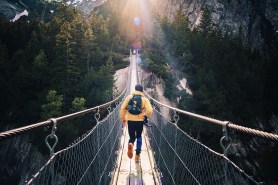

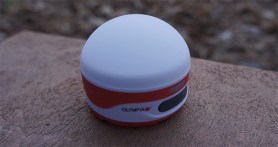
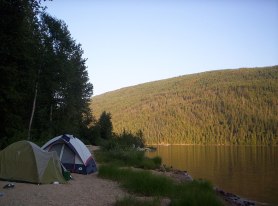

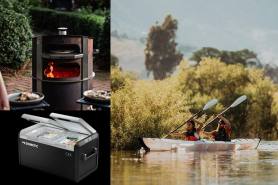

Pingback: NEMO Equipment Wagontop 8p Tent Review – Outdoors.com